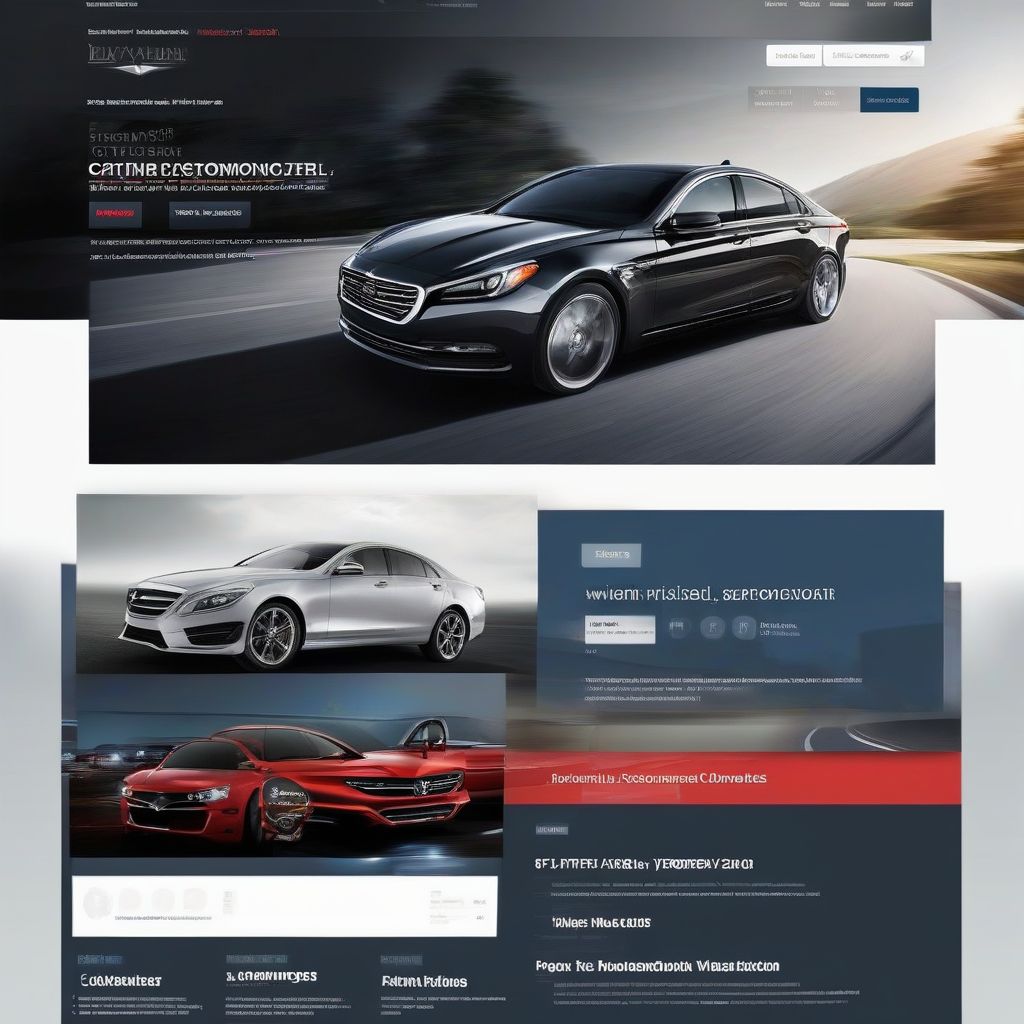In the dynamic world of automotive retail, dealerships require significant capital to maintain a diverse inventory. This is where Automotive Floor Plan Lenders play a crucial role. They provide specialized financing, known as floor plan financing, allowing dealerships to purchase vehicles from manufacturers and display them for sale. This article delves into the intricacies of automotive floor plan lending, exploring its benefits, drawbacks, and key considerations for dealerships seeking such financing.
What are Automotive Floor Plan Lenders?
Automotive floor plan lenders are financial institutions, often captive finance companies or independent lenders, specializing in providing short-term loans to dealerships. These loans, known as floor plan loans or floor planning, are secured by the dealership’s vehicle inventory. Essentially, the lender finances the purchase of vehicles from manufacturers, allowing dealerships to showcase a wide selection without depleting their operating capital.
How Automotive Floor Plan Financing Works
The process of securing and utilizing floor plan financing typically involves the following steps:
- Dealership Application: Dealerships apply for a floor plan credit line from a lender, providing financial statements and business plans.
- Credit Line Approval: Upon approval, the lender establishes a credit limit, determining the maximum amount the dealership can borrow.
- Vehicle Purchase: When the dealership identifies vehicles for purchase, they submit a funding request to the lender.
- Lender Payment: The lender pays the manufacturer directly for the vehicles, which are then delivered to the dealership.
- Inventory as Collateral: The purchased vehicles serve as collateral for the loan, remaining under a lien held by the lender.
- Sales and Repayment: As the dealership sells vehicles, they repay the lender for the corresponding loan amount, plus interest and fees.
Benefits of Working with Automotive Floor Plan Lenders
Partnering with automotive floor plan lenders offers several advantages for dealerships:
- Increased Inventory: Floor plan financing enables dealerships to maintain a larger and more diverse inventory, attracting a broader customer base.
- Improved Cash Flow: By financing inventory purchases, dealerships preserve their operating cash for other expenses, such as rent, payroll, and marketing.
- Competitive Advantage: A wider inventory selection enhances a dealership’s competitiveness in the market, potentially leading to increased sales.
- Flexibility: Floor plan financing often allows dealerships to access funds quickly, facilitating prompt responses to market trends and customer demands.
Drawbacks and Considerations for Dealerships
While floor plan financing offers significant benefits, dealerships should carefully consider the associated drawbacks:
- Interest Costs: Floor plan loans accrue interest, which can impact profitability, especially if vehicles remain unsold for extended periods.
- Fees and Charges: Lenders may impose various fees, such as application fees, origination fees, and late payment fees, adding to the overall cost.
- Inventory Risk: Dealerships bear the risk of inventory depreciation or damage while vehicles are on the lot.
- Creditworthiness Requirements: Lenders typically have strict creditworthiness requirements, and dealerships with poor credit histories may face higher interest rates or loan denials.
Key Considerations When Choosing an Automotive Floor Plan Lender
Selecting the right floor plan lender is crucial for a dealership’s success. Consider the following factors during the selection process:
- Interest Rates and Fees: Compare rates and fees from multiple lenders to secure the most competitive terms.
- Credit Line Limits: Assess your dealership’s financing needs and choose a lender offering adequate credit limits.
- Repayment Terms: Evaluate the lender’s repayment terms, including loan duration, grace periods, and prepayment penalties.
- Customer Service: Seek lenders with responsive customer service and streamlined loan management processes.
- Industry Reputation: Research the lender’s reputation and track record within the automotive industry.
FAQs about Automotive Floor Plan Lenders
1. What types of vehicles can be financed through floor plan loans?
Floor plan financing typically covers new and used vehicles, including cars, trucks, SUVs, and motorcycles, intended for retail sale.
2. How much does floor plan financing cost?
The cost varies based on factors such as the lender, loan amount, interest rate, and fees.
3. What happens if a dealership defaults on a floor plan loan?
Defaulting on a floor plan loan can have severe consequences, potentially leading to inventory seizure, legal action, and damage to the dealership’s credit rating.
4. How can a dealership improve its chances of securing floor plan financing?
Maintaining a strong credit score, demonstrating a solid business plan, and partnering with reputable lenders can enhance a dealership’s eligibility.
Conclusion
Automotive floor plan lenders are essential partners for dealerships seeking to optimize inventory management and enhance cash flow. By understanding the intricacies of floor plan financing, carefully evaluating lenders, and considering the associated benefits and drawbacks, dealerships can make informed decisions to support their long-term growth and success in the competitive automotive retail market.

